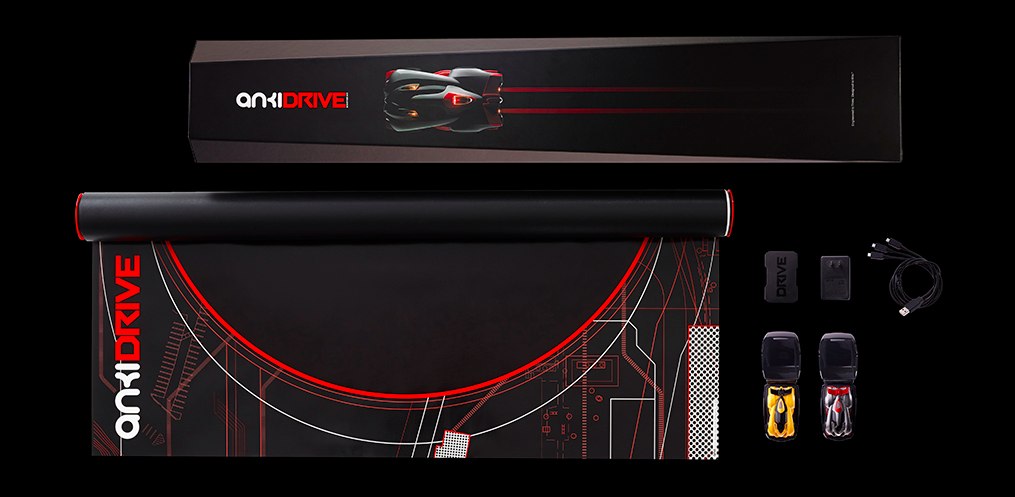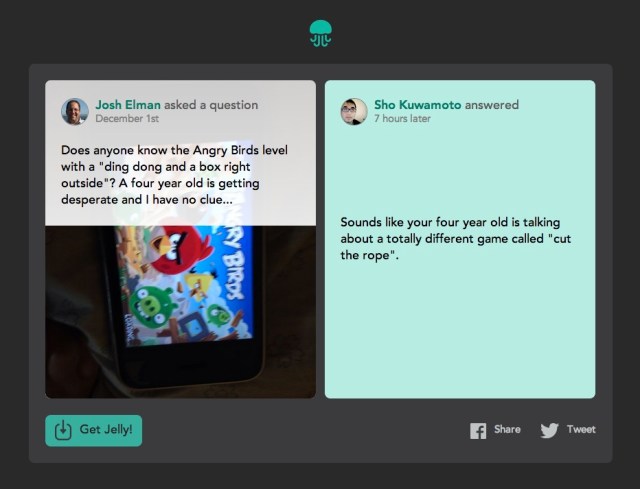
Editor’s note: Mike Jones, formerly CEO of Myspace, is the CEO of Science, Inc., a Los Angeles-based technology studio that nurtures successful digital businesses by bringing together the best ideas, talent, resources and financing through a centralized platform. Follow him on Twitter @mjones.
The story is one we’ve heard before: plucky startup sails through seed fundraising, unfurls its wings, then runs into the brick wall of not enough venture and shatters into pieces. The numbers speak for themselves. There were 65 percent more seed-stage deals in 2013 than in 2012 while venture funding stayed relatively flat – 7.5 percent fewer dollars, 7 percent more deals.
But the forgotten winners behind this equation – the ones we’re not really talking about because we’re busy lamenting the hardships of fledging entrepreneurs – are venture capitalists. That venture as an asset class has struggled is not a surprise given its lackluster performance following the bubble years of the late nineties. But all that is about to change.
Supply-Side: Too Much Seed Money?
There are several structural factors that have increased the supply of seed funding in the short-term and contributed to the perception of a supply-demand imbalance. One is that the Silicon Valley has become a victim of its own success: every successful IPO yields newly liquid and wealthy early-stage employees/investors.
Facebook’s IPO alone was expected to create over 1,000 new millionaires by some estimates. Perhaps most importantly, these individuals/firms are more likely to invest in highly speculative assets/seed stage companies due to the “house-money effect.” They are already winners, so why not roll the dice again?
Secondly, the number of crowd-sourcing platforms and startup incubators has exploded, giving early-stage startups access to more money and increasingly inexperienced investors.
Finally, one can even take a stab at making a quantitative easing argument (when in doubt, blame the Fed!). The Federal Reserve purchases $75 billion in treasuries and mortgage-backed securities every month. As the risk-free rate is forced down, investors rotate out of treasuries and into high-yield and equity markets, causing risk premia across the board to fall.
Active/non-indexed investors are then increasingly forced to look at non-traditional asset classes for market-beating returns. Hence the increase in hedge funds, asset managers, and Middle Eastern royalty investing in pre-IPO companies like LinkedIn and Twitter. As traditional VC returns come under pressure from the influx of capital (it’s hard to compete on valuation with a Saudi prince), they too are forced to swim upstream, increasing the amount of capital deployed in early-stage/seed rounds. In a world awash with liquidity, “next best alternative” style investing eventually becomes…well, Bieber’s selfie app.
However, while important as catalysts, in the long-run none of these drivers should persist. More seed funding without a corresponding increase in Series A should theoretically lead to higher failure rates and lower returns for seed investors, and an ensuing drop in capital allocation to seed rounds.
Demand-Side: Not Enough Series A?
Of course, the flipside to this narrative is that more, better, companies are being created today compared to five years ago, and the problem lies with Series A VCs who have failed to adjust accordingly. For example, starting a business is becoming far less capital-intensive, leading to efficiency gains and increased competition among early-stage companies.
VCs can also be overly myopic and short-sighted. As noted by David Freedman, VCs might be missing out on great businesses that, while not the next Facebook, could have niche markets or longer development timelines.
In any case, if Series A investors have access to a surplus of high-quality deals and are currently only cherry-picking the very best, returns for VC funds should be increasing. Following our previous logic, this should theoretically lead to a market correction and an increase in capital allocation to Series A rounds.
Historical LP Returns Tell The Real Story
According to the Kauffman Foundation, VC LP returns have drastically underperformed the public market since the tech bubble. In fact, the average VC fund has failed to even return 100% of their invested capital back to LPs (a negative IRR!). When analyzing their own portfolio of investments in 99 VC funds from 1989-2011, the Kauffman Foundation reported a slightly higher, but still modest average net return multiple of 1.31x.
In contrast, an academic study backed by the Kauffman Foundation reported that earlier stage angel investors achieve on average a 27 percent IRR, with an average net return multiple of 2.6x. Seed/angel investing is a bit riskier than VC investing, and as a result, should achieve somewhat higher returns. However, this does not explain the unexpectedly large gap between basically similar asset classes, nor does it explain the underperformance of VCs relative to public equity markets.
This disconnect implies that historically, there has been a glut of VC funding and a dearth of earlier-stage seed/angel investors. Therefore, what we perceive as a “Series A Crunch” actually represents a long-overdue market correction. A portion of the correction is manifested by a shift in VC capital allocation, away from later-stage companies and towards earlier stage seed rounds.
However, there is also simply more seed capital available due to lower startup capital requirements, lower transaction costs, and innovative financing platforms. These structural developments should deliver more and better companies to Series A investors, helping boost returns in what has historically been an under-performing asset class.
Analyzing it from this perspective, the Series A Crunch becomes not so much an imbalance of supply/demand as it is a long-awaited rebalance. If the past is any indication, the process of correction will be slow, but will produce years of outsized returns for recently struggling venture capital funds.
 The team over at Anki is so thrilled about being a Crunchie Award finalist for
The team over at Anki is so thrilled about being a Crunchie Award finalist for 


 The Dash software works with either type of device, the company says. But the premium hardware offers a better build quality, power management capabilities, and connection reliability, among other things.
The Dash software works with either type of device, the company says. But the premium hardware offers a better build quality, power management capabilities, and connection reliability, among other things.



















